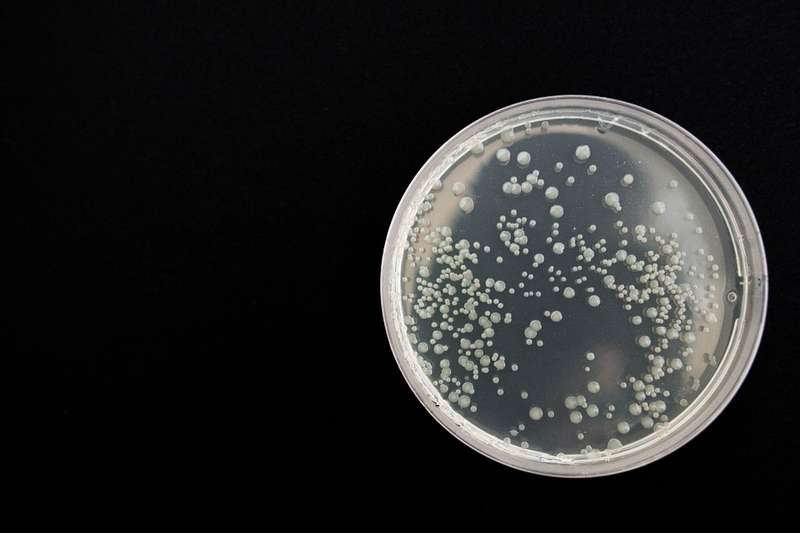Genomic analysis is the process of identifying, measuring, and comparing genomic features like DNA sequence, gene expression, and structural variation. The methods used in genome analysis demand bioinformatics, sequencing, or microarray hybridization. The following are a few important things to know about genome analysis.

DNA
DNA is the chemical compound that holds the instructions necessary to direct and develop the activities of living organisms. The molecules consist of paired strands commonly known as a double helix.
All DNA strands have four chemical units known as nucleotide bases. They comprise genetic alphabets. The bases are adenine (A), cytosine (C), guanine (G), and thymine (T). The bases pair with others on opposite strands. As, for example, will pair with Ts and Cs always pair with Gs. The order of letters determines the encoded information.
DNA Sequencing
DNA sequencing is about determining the exact order of the DNA strands known as bases. It makes it possible for scientists to determine the type of genetic information that is present in a specific DNA segment.
Scientists can use the information to identify the stretches of DNA that contain genes and those that carry regulatory instructions. DNA sequencing can make it possible to point out the gene changes that cause diseases. The human genome has about three billion base pairs. They determine the instructions that make and maintain a human being.
Biologists may also use DNA sequencing to identify mutations and genetic variations that can affect the progression or development of a disease. If there is a deletion, substitution, or addition, it may cause disease. It may affect just one base or thousands of bases.
According to some industry experts, the most common type of sequencing is synthesis. Learn more about their platform here. In this method, DNA polymerase is used in the generation of new DNA strands.
DNA sequencing is a fairly new practice. Since the Human Genome Project was completed, there have been technological advancements. They speed up processes and lower costs. It is now possible to sequence individual genes routinely. In some labs, hundreds of billions of bases are sequenced every year. The aim of the National Human Genome Research Institute is to reduce the cost of human genome sequencing and improve quality.
What is a Genome?
A genome is the complete set of an organism’s DNA. Every cell in the body holds a copy of about three billion DNA letters. Together, they make up the genome. DNA language holds instructions that make specific sets of proteins and proteins. There are 20,000 to 25,000 genes in a human’s genome code for about three proteins.
Genetic Archaeology
Understanding how human beings have evolved is possible through genetic archaeology. Genetic sequencing information gives researchers evidence of how we have changed over the years. It also shows the relationship we have with our earlier life forms.
The Human Genome Project
The Human Genome Project was led by the National Human Genome Research Institute. It produced a better quality version of the human genome sequence. You can freely access it in public databases. It was completed in April 2003. The sequence is derived from various individuals rather than just one person. It, therefore, represents a generic sequence.
It wasn’t to be a resource that researchers can use for a wide range of studies. One of such uses is finding the genetic variations that may increase your risk of cancer and other diseases. Researchers can also identify the genetic mutations that are likely to be in cancerous cells. More research can make it possible to understand the functioning of genomes and find out the genetic basis of disease and health.

Hundreds of Genes are From Bacteria
Did you know that hundreds of genes seem to have come from bacteria? One of them has been linked to depression. Scientists do not have a clear explanation of how they may have been transferred. The genes may have been transferred from humans to bacteria and not the other way round. It is a reminder that all life is unified and human beings are not isolated from other species.
Scientists are discovering the purpose of ‘junk DNA.’ It is now clear that 97 percent of junk is not really useless.
HPG Knowledge Improves Understanding of the Human Body
Because of HPG research, scientists now have a deeper understanding of the human body and how it works. HPG research has led to more detailed and accurate descriptions and explanations for a variety of biological responses and conditions. A simple example is that experts have managed to solve the mystery of bitter taste. They have discovered a family of proteins that can control this response.
There are Over One Million Identified SNPs
Experts have identified more than one million SNPs. Genetics vary from one person to another and with one variation for every 500-1000 bases, the future looks great for personalized medicine. Presently, there are over 1.4 million variations, known as SNPs. Generally, the genetics of humans are 99.8 percent similar.
Virtually all human ailments are based on our genes. In the recent past, doctors only considered the study of genetics in the event of birth defects and a few diseases. These included diseases with clear inheritance patterns like sickle cell anemia. However, things have changed now. Genetics are considered when seeking to understand most ailments.
Most Mutations Happen in Males
The difference in the likelihood of mutation between men and women is significantly high. One of the suggested reasons for this is the high number of cell divisions in sperms.
In conclusion, genetics is one of the most important factors determining one’s risk of developing various diseases. Other factors include lifestyle, environmental conditions, and diet. It is not always possible to prevent conditions like sickle cell anemia and cancer. Understanding genetics will give you perspective on more than just your health risks. It also explains the basic parts of your cells and how different elements may come together to affect your body’s functioning and your general well-being.

